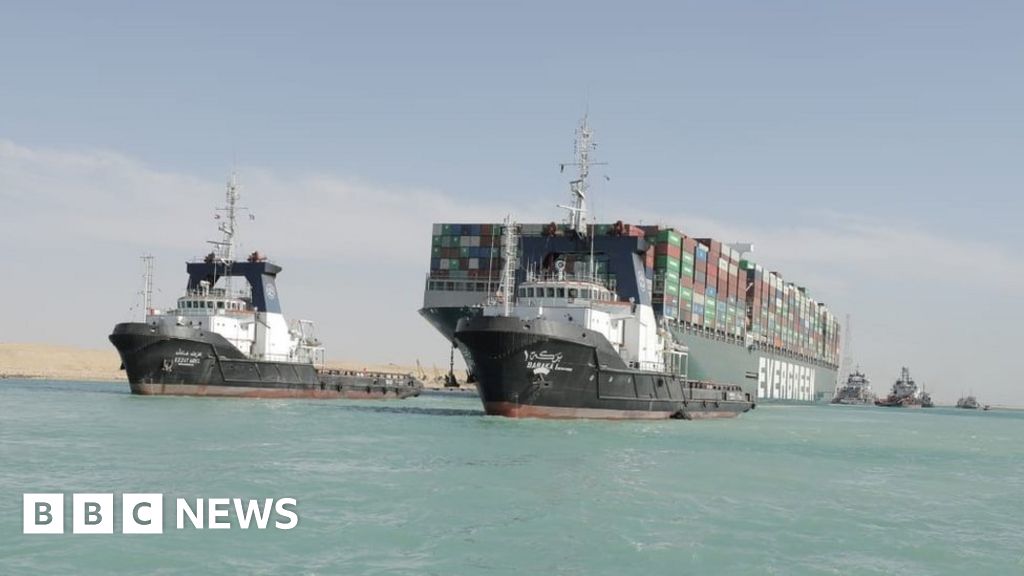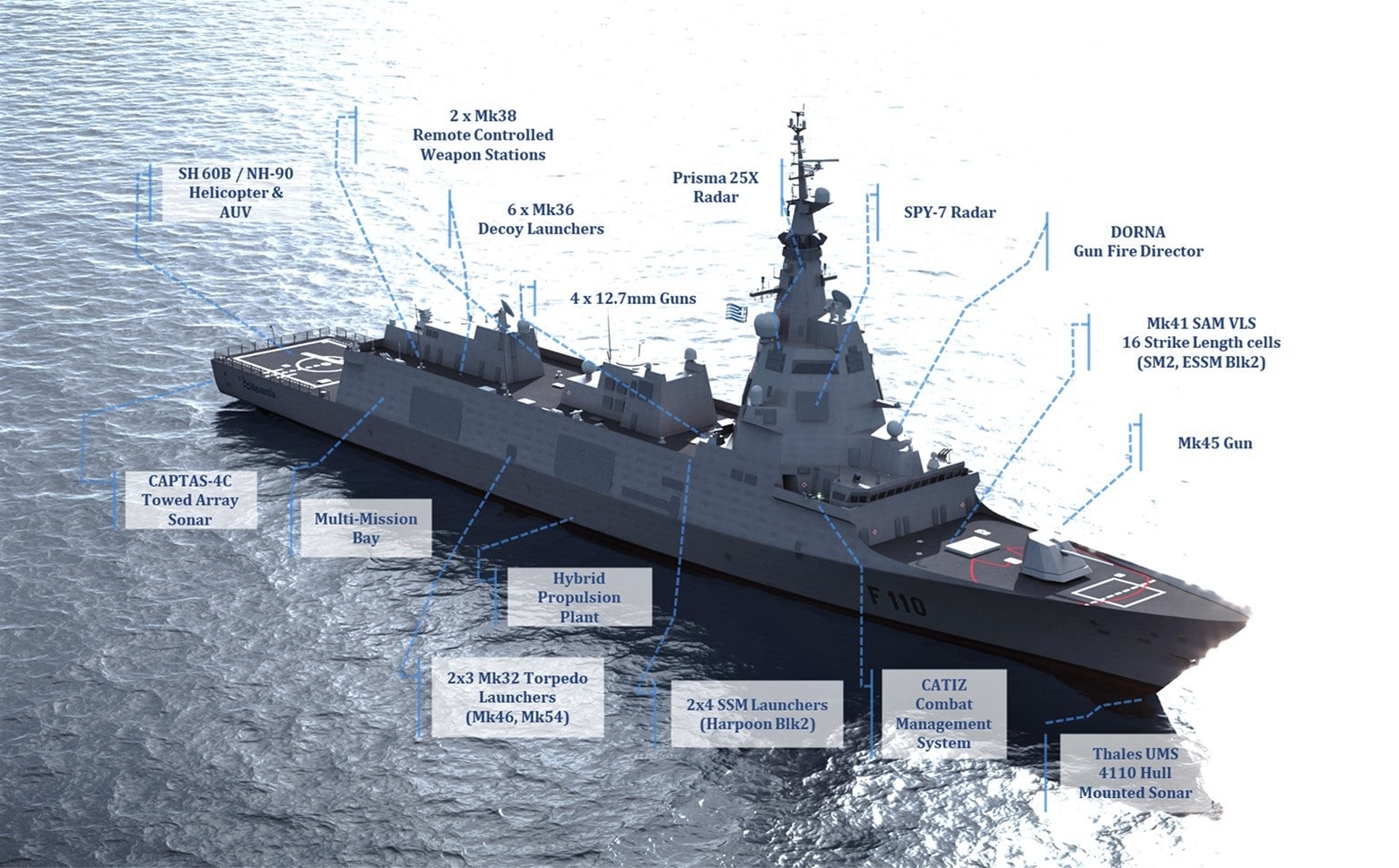Had similar experiences on our Trent-Severn canal system. This system has forested areas adjacent in most areas so wind isn’t much of an issue for the most part. I think the master/pilot was between a rock and a hard place given the huge surface area and wind conditions. Had he maintained the lower speed what would happen? Perhaps a beam beaching which might have been easier to clear.
Actually a lower speed is part of the cure (but not too low). The faster you go the greater the pressure and suction areas. Once you get off the centreline and get you stern near the bank you are going to start seeing the stern being drawn to the bank. More speed and hard over is simply going to make it worse.
Worse still the thrusters on this thing would be ineffective at 14knots so you don't have that option to assist in controlling the bow (i,e thrust to stop the swing of the bow toward the far bank ... use rudder and propeller to provide lateral thrust the stern away from the near bank ..... but you need to slow down).
The windage on these ships is the big issue and the same vessel hit a ferry in 2019 in the Elbe River ... high winds appear to have been involved there. Not sure that thrusters and low speed would necessarily be enough in very high winds.
I served on a large general cargo container ship that transited the Suez every month and we always had power available to the thruster (mind you it was not the most impressive beast ever fitted to a ship) and were careful with the speed. Mind you we had a fraction of the windage of these ultra large box boats.





